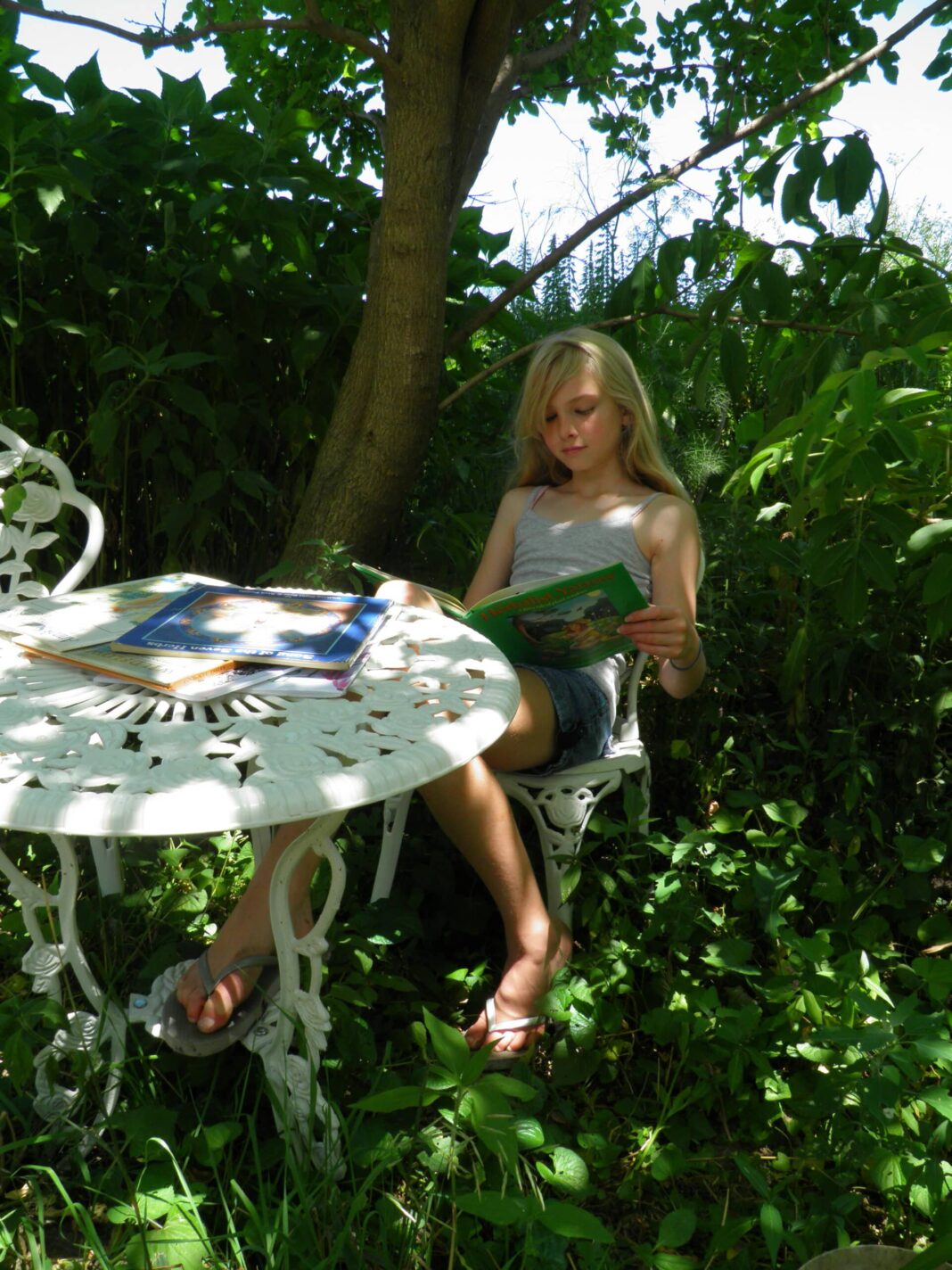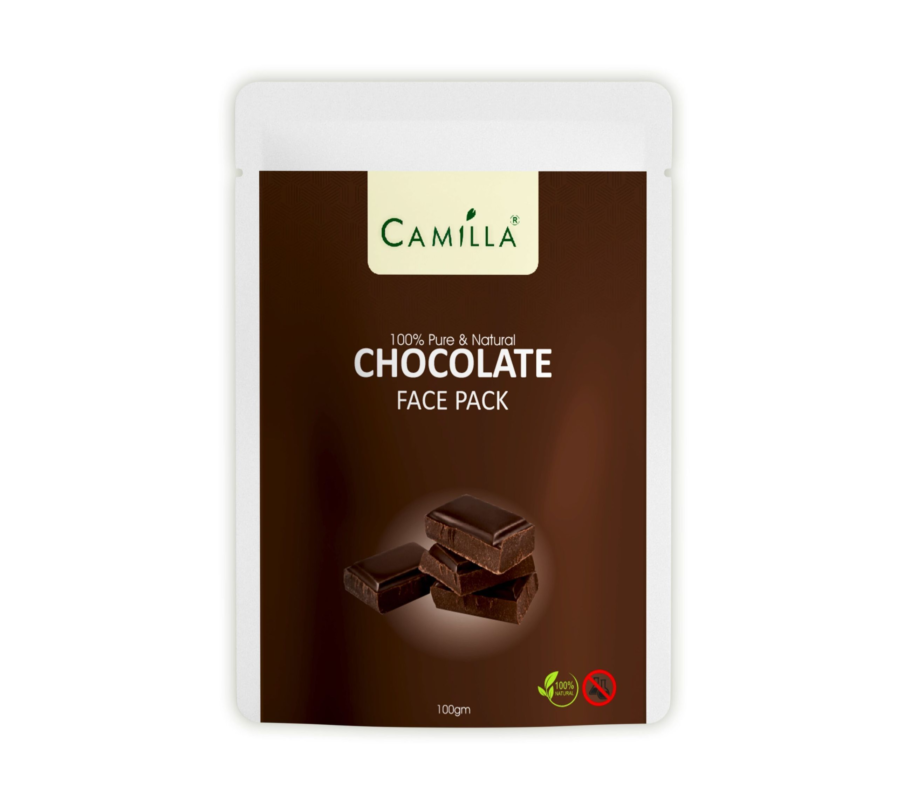With August already here, many homeschooling parents are in the deep throws of planning the school year ahead. I have been there! Picking and choosing which curriculums to go with. Deciding what topics to cover. Pouring through online resources to decide which to purchase.
And also realizing I don’t have enough funds to purchase all the fancy options available that I want to use.
These are difficult times we are living in. Many of us are finding ourselves struggling to make ends meet right now so often as a homeschooling parent, school curriculum can seem like a luxury.
With the rising cost of living, including healthcare, learning herbalism may not seem like a necessity but now more than ever, herbalism is very relevant to our lives.
In the past few years I have watched my beloved passion go from fringe knowledge to mainstream consciousness and with that has come the capitalistic base of people trying to sell exotic herbs as the end all be all of herbalism, often making herbalism seem too expensive and out of reach to learn about and practice.
But did you know that it’s extremely possible to learn herbalism on a budget? We’ll get into that in a minute.
But first, why use herbs?
Herbalism, or the study or practice of the medicinal and therapeutic use of plants is considered to be “alternative medicine” when the reality is herbalism is the original medicine practice of humans.
In fact, today at least 85% of all pharmaceuticals are derived from plant constituents. That means that 85% or more of all the medications available today are here because of a plant.
While many pharmaceuticals are derived from plants, most often a few single constituents are removed from a plant and synthesized to become only a trace of the original plant. Because of this pharmaceuticals are often stronger than herbs but this does not come without consequences.
Take Willow bark or Meadowsweet for example. These plants contain salicylic acid, the main ingredient in aspirin, which was once derived from these plants but is now made from crude oil.
Salicylic acid in the form of aspirin is known to cause problematic side effects, such as gastric bleeding and ulcers because that constituent has been isolated and removed from the other constituents in the plant.
However, when using Willow, the salicylic acid is buffered by the other constituents to help prevent and combat gastric bleeding and ulcers and has even been known to help heal these issues.
Not only are plants more gentle and protective of the body but they also remain resistant against strains of bacteria. Have you ever heard of someone using an antibiotic, only to have it fail and have to take a stronger antibiotic because the bacteria became resistant to the medicine? When taking an herb that is antibiotic, this does not happen.
And while we can have a reaction to an herb when we are taking it just as we can have a reaction to a pharmaceutical medicine when we are taking it, the likelihood of having a strong reaction is much less and is often quickly resolved when you stop taking it.
Pharmaceuticals can have stronger side effects and cause stronger reactions that can take much longer for the body to process.
Herbs typically don’t react with each other as well, although this can happen. But it’s less common than when someone is taking 3 or more pharmaceuticals.
Another reason to choose herbs is cost. Pharmaceuticals can be extremely expensive while herbs can be free if you know where and when to find them in nature.
Which brings us back around to the topic of teaching herbalism on a budget.
Are exotic herbs necessary?
Early I alluded to the fact that people try to capitalize on herbalism just like everything else in our society, making exotic or foreign herbs sound better than the plants that grow around us.
The truth is, the plants that grow around us are more often better suited for us than those foreign herbs are.
For one, they are generally more abundant and easy to find. And it is often said in the herbal world that plants come to you when you need them. I have seen this many times over the years, lamenting the fact that a certain plant didn’t grow near me, even though I really didn’t have a use for it at the time only to have a patch of it pop up in my back yard right when I needed that plant.
Similarly, they have adapted to the same environment that you have, so the natural biome is familiar to your body, making it more easily accepted and utilized.
And while there is a time and place for exotic or foreign herbs that local herbs can’t help with, more often than not, even the most basic and simple herbs can be quite effective.
Another great reason to focus on local plants is that you are guaranteed to have fresh herbs that are harvested at their peak instead of herbs that may have been harvested in bulk whether or not they were ready to be harvested (or should have been harvested long before), may have been sprayed with chemicals to keep bugs out, and most likely have sat on a shelf after drying for months before ever being shipped out to the supplier only to sit on the shelf several more months before being sold to the consumer.
So while marketing may make those exotic herbs sound like a miracle plant, the truth is, local plants can be just as effective, if not more so, then herbs that have been imported from halfway around the world.
Herbalism that won’t break the bank
So how can you teach kids herbalism without breaking the bank? It can seem very overwhelming to try to teach a subject you yourself may just be learning about but it doesn’t have to be.
The easiest way to start using herbs is to learn about the plants that grow in your back yard. Whether it’s your literal back yard, or a local green space, plants pop up everywhere and many of them have medicinal value.
The first step is to identify the herbs. I like to suggest using several resources to cross reference and verify. There are several plant id apps on mobile phones which can be a great starting point. In addition, seek out a few identification books at your local library, or ask them to order them in for you if they don’t have any locally available. Look for titles such as:
Newcomb’s Wildflower GuidePeterson’s Field Guides (regionally based)
but also be sure to seek out plant id books that are specific to your region, preferably written by authors that are local to your region.
Once you think you have positively identified your plant, pop it up in a plant identification or herb group on social media and ask if everyone agrees it is what you think it is.
When you have a list of a few plants that grow around you, you’re ready to get started!
Not sure what to study? You can download my free herbal profile template to give you ideas what to look for and learn about.
You’ll want to read up on your plants and/or watch a few videos of reputable herbalists talking about them. I don’t recommend doing a basic online search to source information as it can be hit or miss what is written about them. It’s better to stick with herbals from herbalists that have spent years studying and learning about the plants. Many herbalists such as Rosemary Gladstar, Matthew Wood, and Gail Faith Edwards offer great herb books. I have also written a few herb books which you can find in my shop here. Many of these books can also be found through your library loan system.
By working with plants that grow in your back yard and borrowing books from the library, you can put together a very simple budget-friendly curriculum.
Need more structure?
If you feel that this is too overwhelming, you might consider joining Herb Club. At only $10/month, you will have access to dozens of herb lessons, many of which are easy to find growing near by or grow easily from seed.
In Herb Club you not only get a copy of the revised original ebooks, but you also get expanded curriculum ideas for all age levels, as well as video lessons that will teach about the plant through identification, botany, stories, drawing, tutorials, and more.
When you become a member, you automatically have access to all the available lessons so you can pick and choose what works best for you and your family.
There’s no obligation to stay a member and you can cancel your membership at any time. There are also annual and lifetime memberships available which offer more savings.
Teaching herbalism doesn’t have to break the bank and can be a rewarding and enriching part of your children’s education. Besides teaching your kids about the uses of the plants that grow all around us, you are also empowering them to take charge of their health and giving them resources they can use for their entire life.


